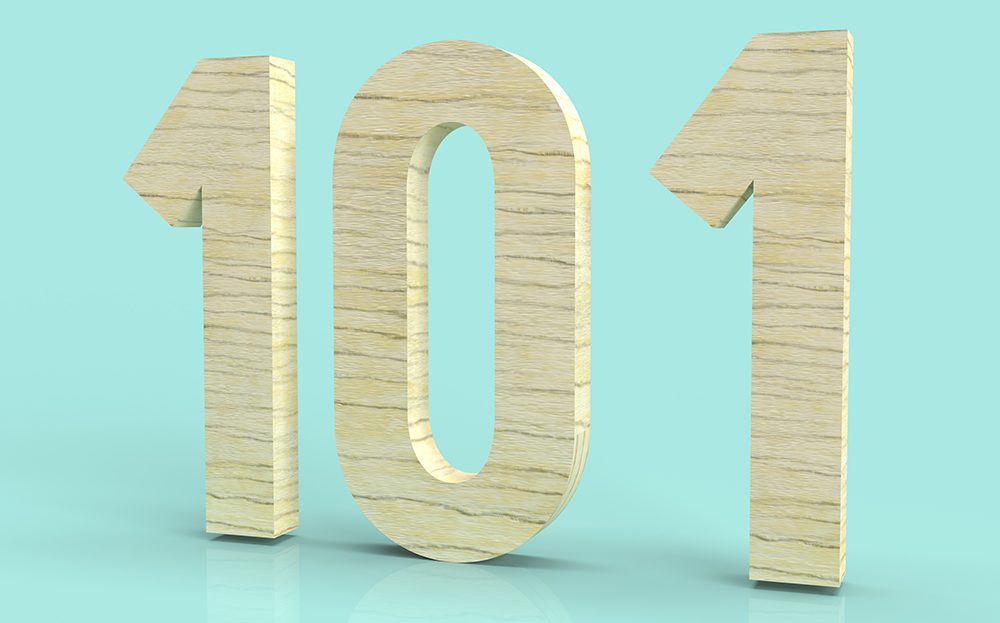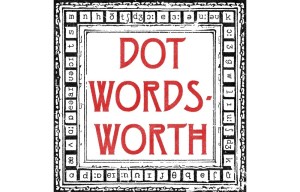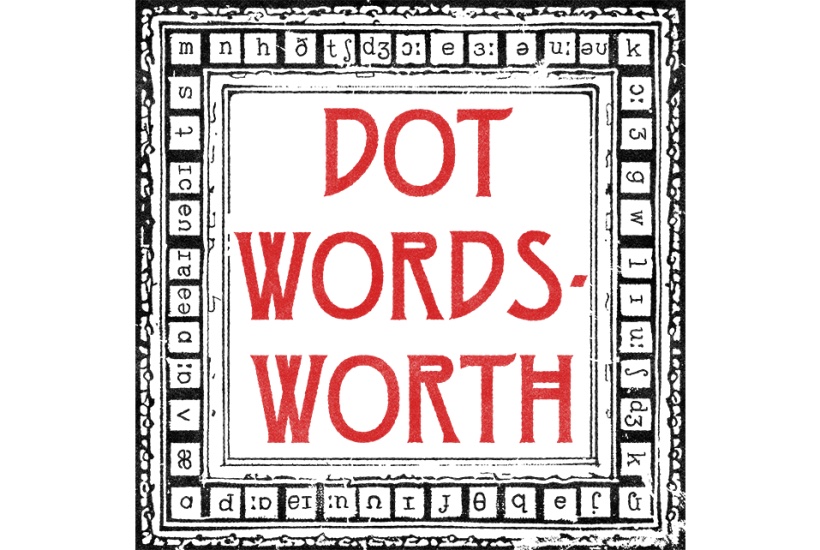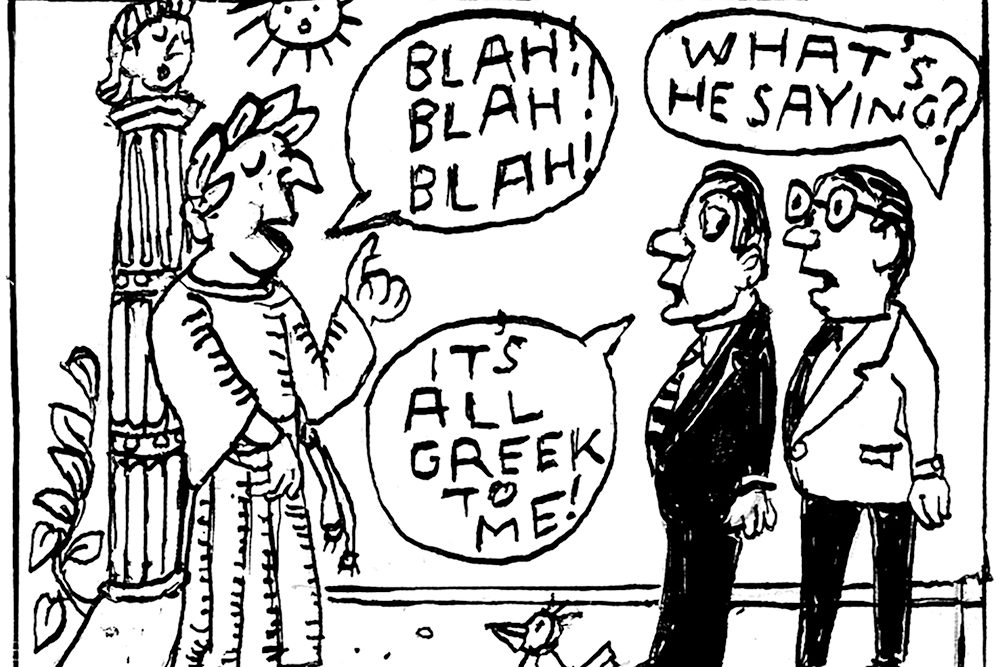“Don’t be daft,” said my husband. It was a valid but unhelpful piece of advice in response to a question I’d asked him. The question was: “Have you read Wittgenstein’s Tractatus Logico-Philosophicus?”
I didn’t want him to explain it (which would indeed have been daft), merely to explain the numbering system of the text. “The decimal numbers of my remarks absolutely must be printed alongside them,” the philosopher had demanded, “because they alone make the book perspicuous and clear: without the numbering it would be an incomprehensible jumble.”
I had thought they might be connected with the adjectival 101 (as in “art history 101”). That usage comes from American college courses, the first occurrence cited being at the University of Buffalo in 1929: “general science 101.” Since it is basic, one might think that the figure “1” would suffice.
One could arrange any book in chapters one to nine and have infinite subcategories labeled by decimals. As Wittgenstein’s biographer, Brian McGuinness, remarked: “An afterthought can always be inserted between any two existing numbers.” The difficulty is making each new decimal category fit in logically.
Does Wittgenstein’s “this” in 4.02 refer to 4.01 or to the immediately preceding 4.016? A blogger called Warren Tang wonders what would have happened if Wittgenstein had added a point of equal import to point 2.9. It could hardly be called 2.10, or it would seem a comment on point 2.1.
If Wittgenstein got decimal arrangement from anywhere, it might have been from Whitehead and Russell’s Principia Mathematica in which each chapter is called a number and is designated by an integer.
But during World War One, Wittgenstein carried “the Gospel in Brief by Tolstoy around with me constantly, like a talisman.” Tolstoy’s attempt at harmonizing and analyzing the Gospels is arranged in six pairs of chapters, answering, Tolstoy thinks, to the clauses of the Lord’s Prayer. All three books grapple with basic ideas, but none enters at level 101.
This article was originally published in The Spectator’s November 2023 World edition.





















